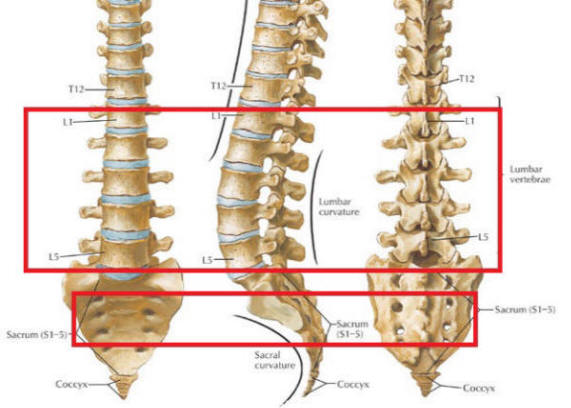
Figure 16-3: Locations of compression of lumbar and sacral roots by herniated disks.
Pain-sensitive structures in the spine include the vertebral body periosteum, dura, facet joints, annulus fibrosus of the intervertebral disk, epidural veins, and the posterior longitudinal ligament. Damage to these nonneural structures may cause pain. The nucleus pulposus of the intervertebral disk is not pain-sensitive under normal circumstances. Pain sensation is conveyed by the sinuvertebral nerve that arises from the spinal nerve at each spine segment and reenters the spinal canal through the intervertebral foramen at the same level. Disease of these diverse pain-sensitive spine structures may explain many cases of back pain without nerve root compression. The lumbar and cervical spine possess the greatest potential for movement and injury.
Trauma
Trauma is an important cause of acute low back pain. A patient complaining of back pain and inability to move the legs may have a spinal fracture or dislocation, and, with fractures above L1, spinal cord compression. In such cases care must be taken to avoid further damage to the spinal cord or nerve roots. The back should be immobilized pending results of plain x-rays.
Sprains and Strains
The terms low back sprain, strain, or mechanically induced muscle spasm are used for minor, self-limited injuries associated with lifting a heavy object, a fall, or a sudden deceleration such as occurs in an automobile accident. These terms are used loosely and do not clearly describe a specific anatomic lesion. The pain is usually confined to the lower back, and there is no radiation to the buttocks or legs. Patients with low back pain and paraspinal muscle spasm often assume unusual postures.
Continue to vertebral
fractures